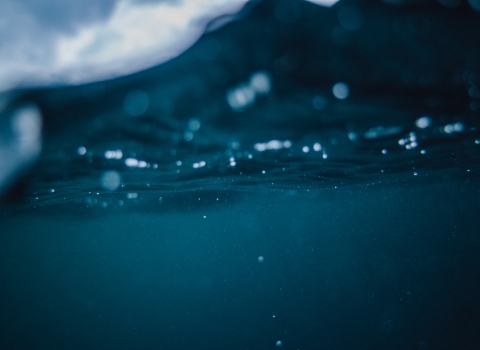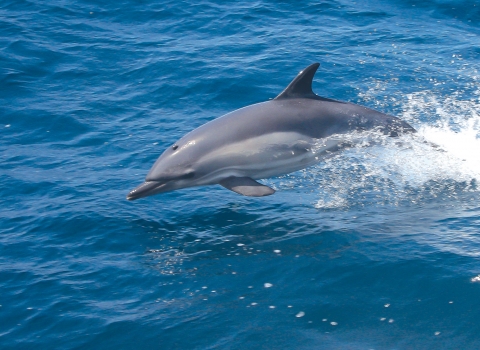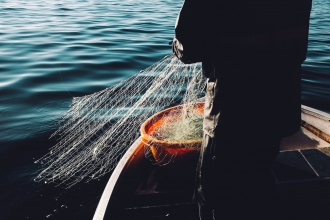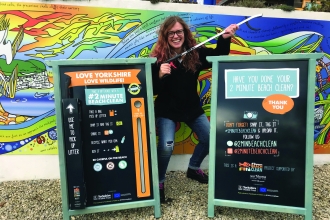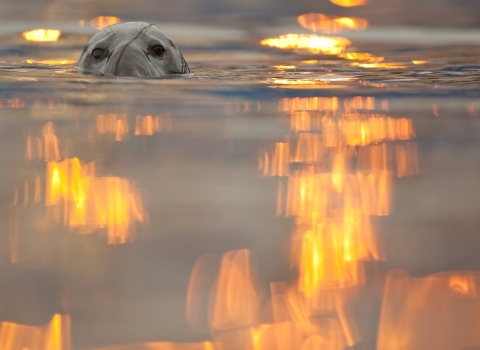The temperature of our seas is steadily rising.
Our oceans have been warming since the 1940s and wildlife populations have plummeted. What's more, human impacts on the North Sea are huge and wide-ranging. Every day, our closest sea and its wildlife face a ceaseless onslaught, with clearly devastating results.


